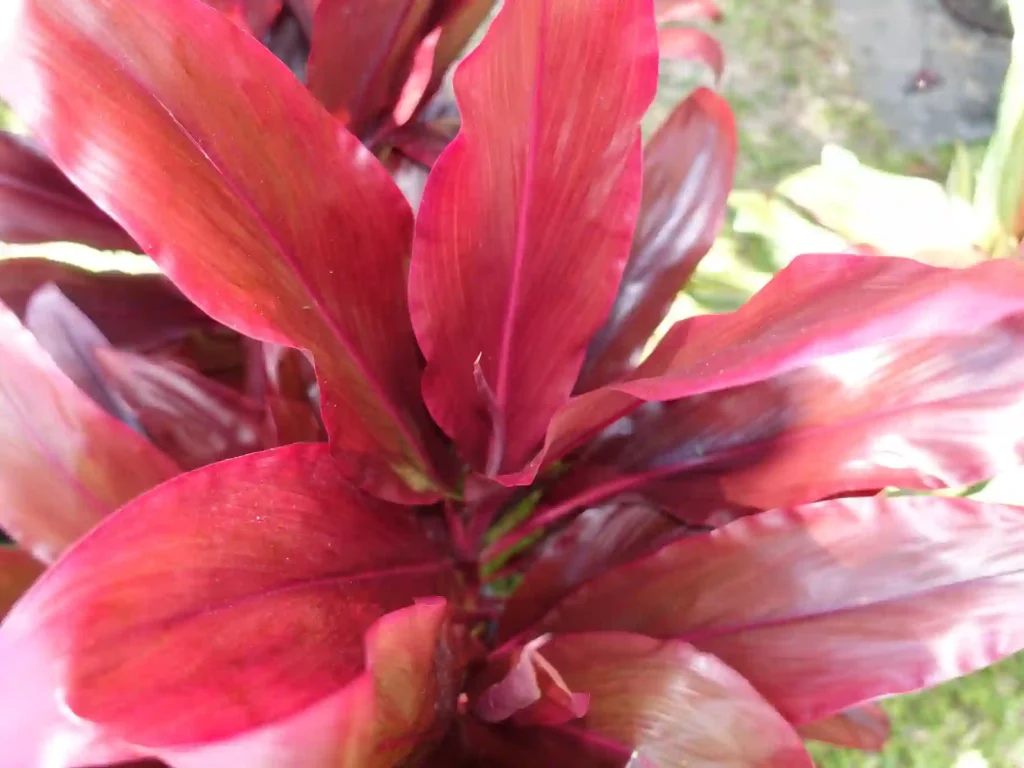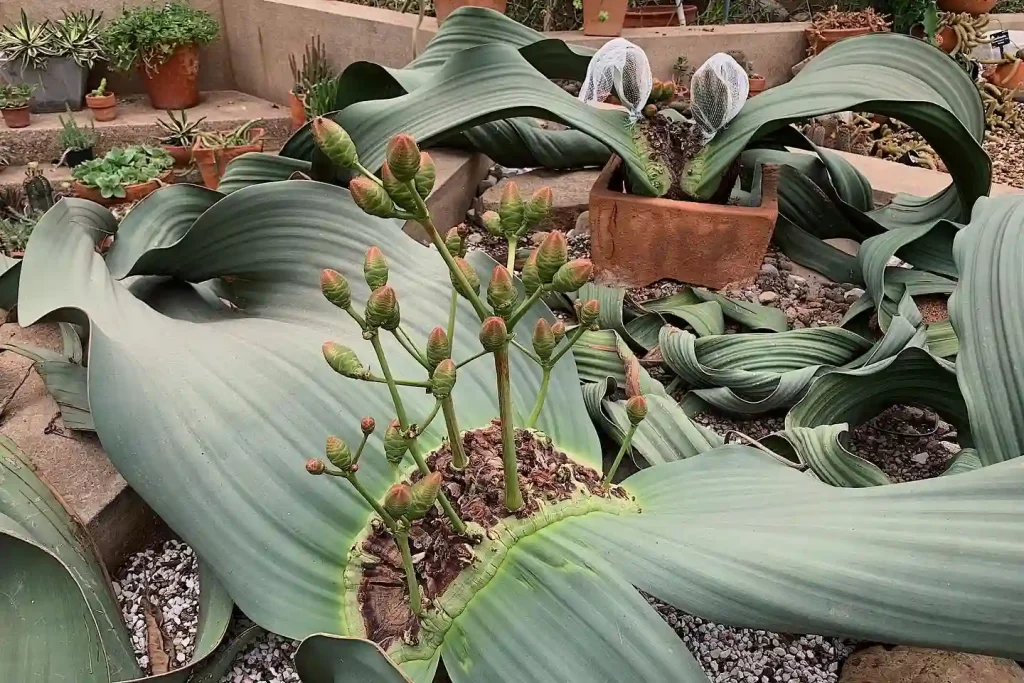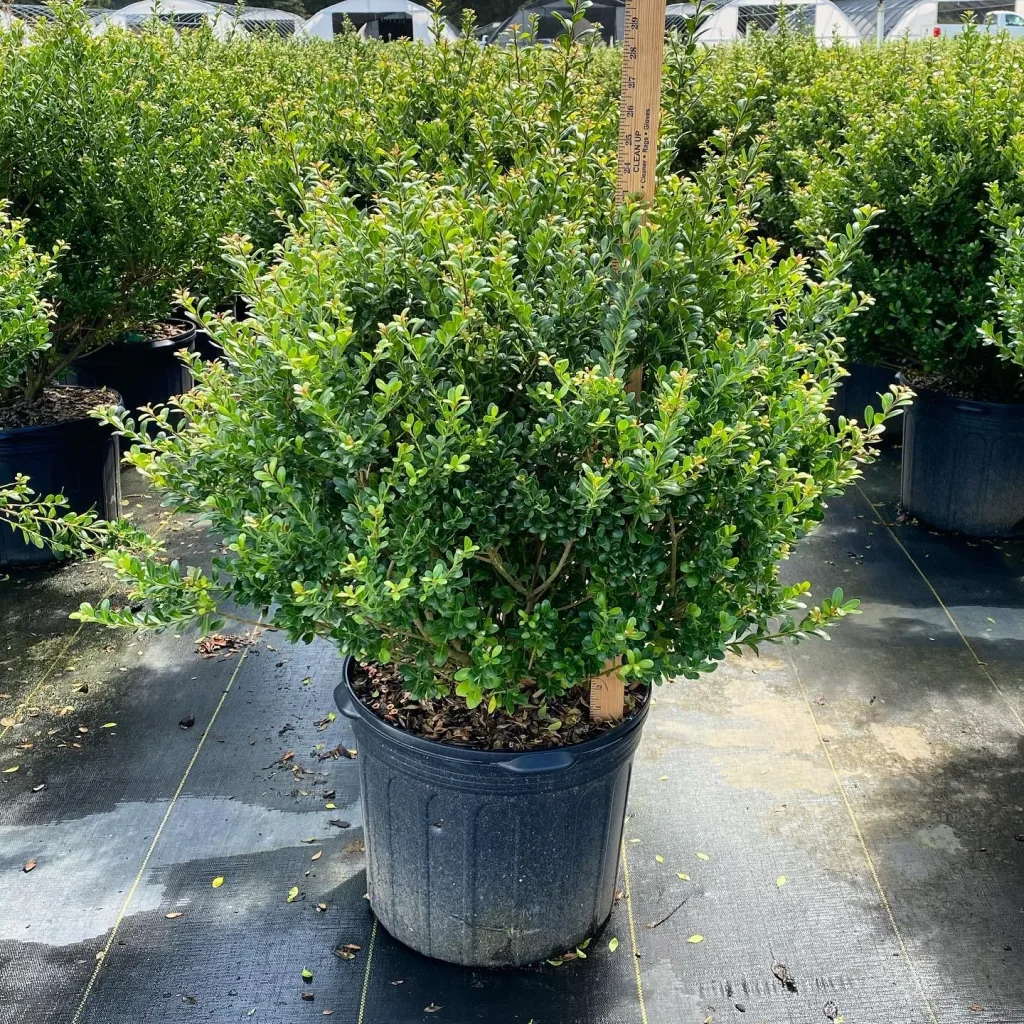FAQs About Diplacus Aurantiacus
When it comes to gardening, one plant that I’ve found to be both visually stunning and incredibly hardy is Diplacus Aurantiacus, commonly known as the Sticky Monkey Flower. It’s a beautiful native plant to California, often spotted along coastal areas, foothills, and even in chaparral landscapes. Here, I’ll answer some frequently asked questions (FAQs) about this intriguing plant, from its toxicity to how to care for it and where you can grow it.
What is Diplacus Aurantiacus?
Diplacus Aurantiacus, or Sticky Monkey Flower, is a flowering perennial shrub known for its vibrant orange to yellow trumpet-shaped flowers. It belongs to the Phrymaceae family and thrives in dry, rocky soil. What’s special about it is that it blooms from late winter to summer, providing much-needed color when many other plants aren’t in bloom. The flowers attract pollinators like hummingbirds and bees, making it a great addition to a pollinator-friendly garden.
Is Diplacus Aurantiacus Toxic?
One common question I get asked is, “Is Diplacus Aurantiacus toxic?” From what I’ve researched, there isn’t solid evidence that this plant is toxic to humans or pets. In fact, I’ve never heard of any cases where it’s caused harm. That being said, always exercise caution when introducing new plants to your garden, especially if you have curious pets or young children. While it may not be classified as toxic, some plants can still cause mild irritation when ingested.
How to Care for Diplacus Aurantiacus?
Taking care of Diplacus Aurantiacus is fairly straightforward, especially if you’re used to working with drought-tolerant plants. Here’s what I’ve learned over the years:
- Sunlight: This plant thrives in full sun to partial shade. I recommend placing it in an area where it can soak up plenty of sunlight, though it will tolerate some shade during the hottest parts of the day.
- Watering: Since it’s drought-tolerant, Diplacus Aurantiacus doesn’t need much water. In fact, overwatering can lead to root rot. Once established, it thrives on occasional watering. I water mine deeply every two to three weeks during dry spells.
- Soil: The plant prefers well-draining soil. If your garden has heavy clay or compacted soil, consider adding some sand or gravel to improve drainage. It can even tolerate poor, rocky soil, making it perfect for xeriscaping.
- Pruning: To keep the plant healthy and to encourage bushier growth, prune it lightly after flowering. This will not only help maintain its shape but also promote better air circulation.
Can You Grow Diplacus Aurantiacus Indoors?
Growing Diplacus Aurantiacus indoors is tricky, and honestly, I wouldn’t recommend it. This plant is meant for outdoor environments where it can receive full sunlight and airflow. Its drought tolerance and preference for dry soil make it unsuitable for the typical indoor conditions, where humidity levels can be higher. If you want to enjoy it indoors, I’d suggest using it as a potted plant on a sunny balcony or patio.
How to Propagate Diplacus Aurantiacus?
If you’re looking to propagate Diplacus Aurantiacus, you’re in luck because it’s relatively easy. Here’s how I propagate mine:
- Cuttings: The most common method is using semi-hardwood cuttings. I usually take cuttings in early spring or late fall, making sure to snip 4-6 inches of healthy stem.
- Planting: Dip the cuttings in a rooting hormone, then place them in well-draining soil. Keep the soil moist, but not waterlogged, until you see new growth, which can take several weeks.
- Divisions: You can also divide mature plants, though this is less common.
What to Plant With Diplacus Aurantiacus?
One of the joys of gardening is creating plant combinations that complement each other. I’ve found that Diplacus Aurantiacus pairs well with other California natives such as Salvia, Eriogonum (Buckwheat), and Artemisia. These plants share similar care requirements, such as drought tolerance and a love for full sun. Together, they create a cohesive, low-maintenance landscape that thrives even in dry conditions.
Benefits of Diplacus Aurantiacus
Beyond its beauty, Diplacus Aurantiacus offers a range of benefits to your garden:
- Wildlife attraction: The bright orange flowers are a magnet for hummingbirds, bees, and butterflies.
- Drought resistance: Once established, this plant is highly drought-tolerant, making it perfect for xeriscaping or water-wise gardening.
- Erosion control: Its roots help stabilize soil on slopes or hillsides, preventing erosion.
Common Problems with Diplacus Aurantiacus
While Diplacus Aurantiacus is generally a hardy plant, there are a few issues you might encounter:
- Aphids and spider mites: Like many flowering plants, Diplacus Aurantiacus can attract aphids and spider mites. I usually deal with them using insecticidal soap or by introducing beneficial insects like ladybugs.
- Root rot: Overwatering is a major issue. If the plant is sitting in soggy soil, it can suffer from root rot, which can kill it quickly. Ensure good drainage, and avoid frequent watering.
- Powdery mildew: This can occur in humid conditions or poor airflow. Pruning and spacing your plants will help reduce the risk.
Diplacus Aurantiacus vs Similar Species
Some people confuse Diplacus Aurantiacus with other members of the Diplacus genus or even with similar-looking native plants. Compared to its relatives, Diplacus Aurantiacus stands out due to its larger, more vibrant flowers and greater drought tolerance. For example, Diplacus Longiflorus has longer, narrower flowers but lacks the bright orange hue that Aurantiacus is known for.
In conclusion, Diplacus Aurantiacus is a versatile, easy-to-care-for plant that offers year-round beauty and ecological benefits. It’s a perfect addition to any garden focused on native or drought-tolerant plants.




